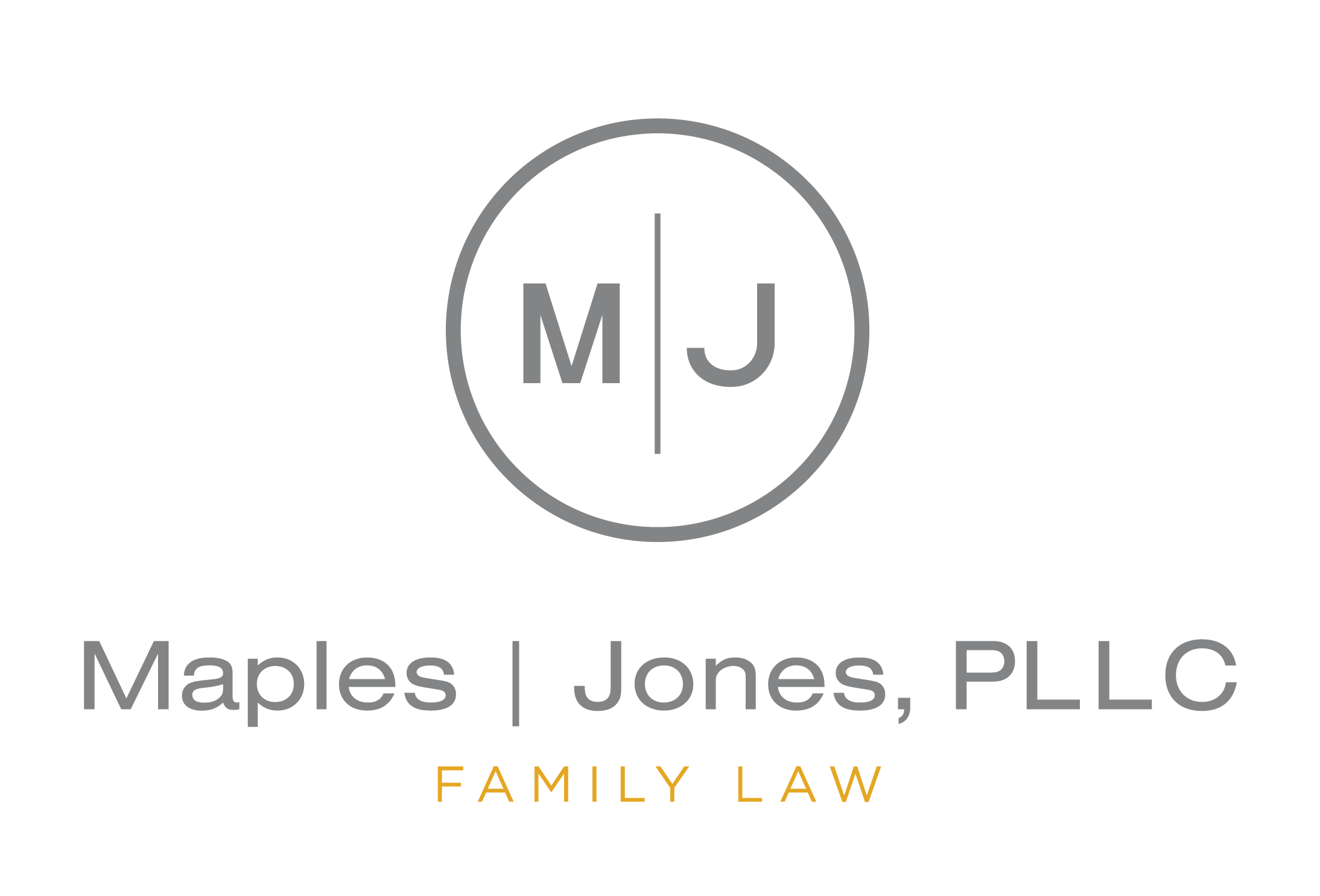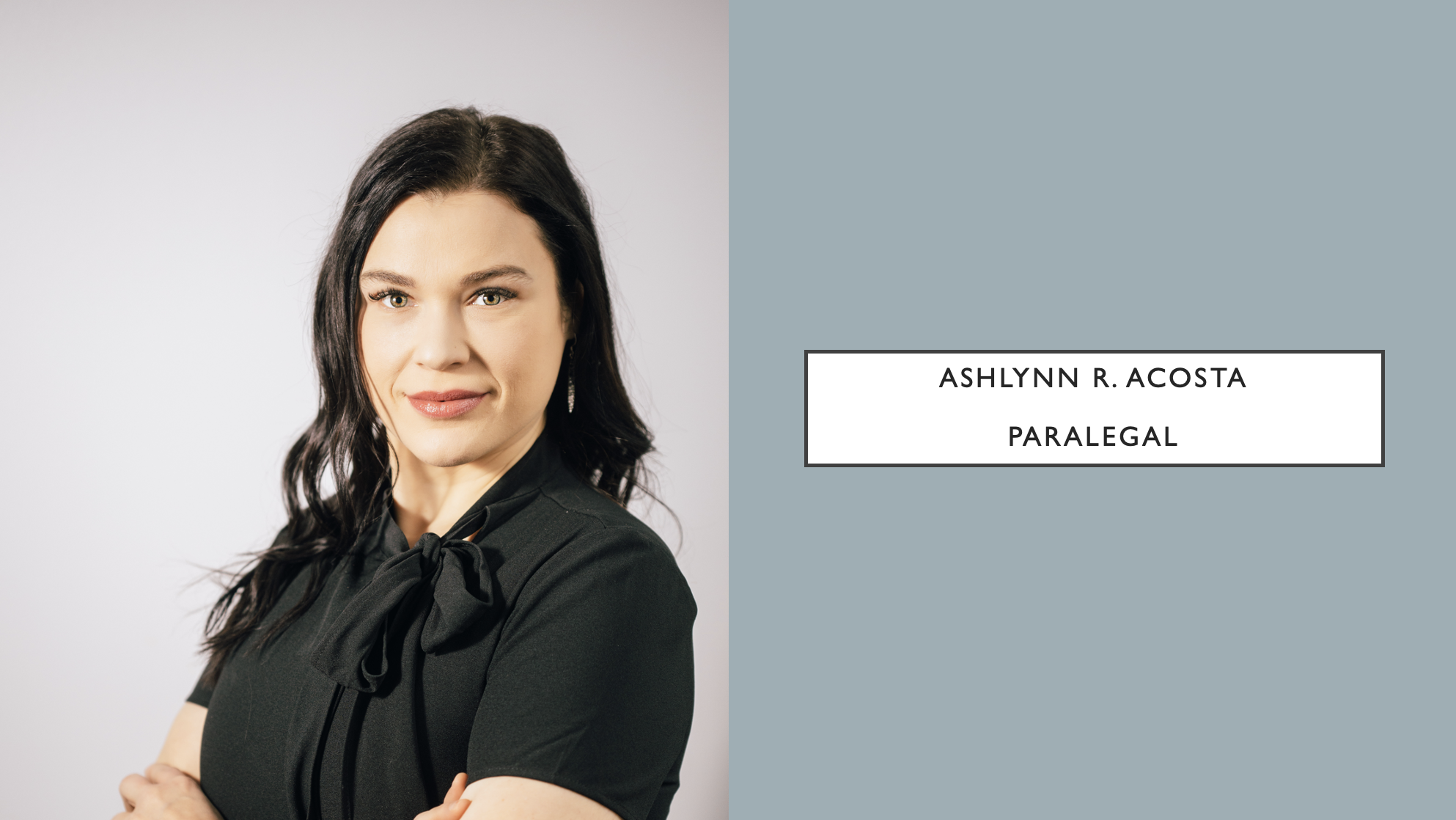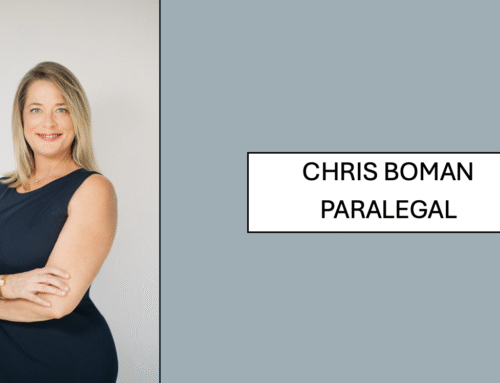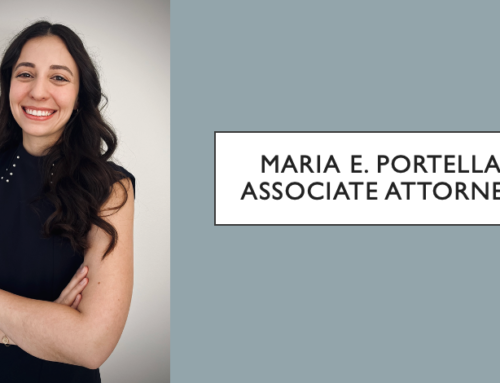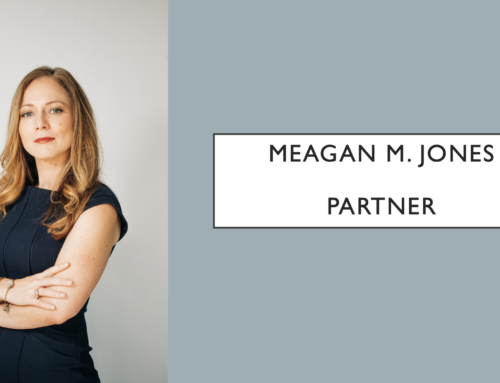At Maples | Jones, PLLC, we are consistently working to know our clients better in an effort to provide our service with compassion and expertise. As such, the team at Maples | Jones, PLLC recently attended a CLE (that’s continued learning education for those of you that may be unfamiliar), “Managing the Two Most Common Personality Disorders: How to develop an effective strategy for your settlement negotiations,” presented by Dr. Mary Alvarez, PhD.
• Personality disorders: What are they? And how do they pertain to family law?
Personality disorders are deeply engrained patterns of behavior that deviate markedly from what is considered the norm. There are ten main personality disorders but typically there are only two that are pervasive in high conflict family law cases: Border Personality Disorder and Narcissistic Personality Disorder. Today, we will delve a little deeper into Borderline Personality Disorder (BPD) and save Narcissistic Personality Disorder for another time.
• Borderline Personality Disorder: How does it look? What are the distinguishing characteristics? And where does it come from?
Borderline Personality Disorder (BPD) is often distinguished by patterns of unstable behaviors, moods, self-image, and functioning. You will often notice extreme reactions to what may seem like normal events, and rapid cycling of mood swings and labile emotions. BPD stems from a group of variables including genetics, neurochemical variations, anatomical characteristics, and epigenetic factors (the environment a person grows up in) including abuse, trauma, high conflict parenting dynamics, or neglect. Their relationships are often intense and unstable, hence the high conflict divorce cases. They sometimes exhibit suicide ideation, self- harm, or threats to do both. There is a core fear of abandonment, and their sense of self can change based on the external world.
• What does this look like in the law world? Why do we care?
Specifically, those who have BPD struggle with aspects of a lawsuit such as negotiations and communication. For example, in mediation, you may find them speaking in circles or stuck on one issue of the settlement. Sometimes, they may show up as paranoid or suspicious about the motives of the other party or even the attorneys involved. There will often be a lot of blame and minimal reasoning gets through in these types of scenarios.
• What are some helpful statements in the midst of conflict?
When interacting with a client with BPD, try using statements that empathize and re-focus the client, such as: “I will listen,” “I want to help you,” “We all have to follow rules,” “I do understand,” and “I’ll work with you to get this settled.” It is important that we find a way for our client to see the positive in the case and maintain an empowered self-image through the entire lawsuit, and even frame the lawsuit and ending as a “reset” in their life. Work to empower the client to believe in their worth and capability in creating the life and future they dream of. It is imperative for us, as the attorneys and paralegals, to manage our emotions and stay regulated so we can help the client do the same. Probing questions and confrontations are avoided as much as possible.
• How can we mitigate some of these issues that show up in BPD and represent our client well?
As the attorney and paralegal assigned to a case, it is important for us to identify the triggers of our clients, and this is applicable to all clients. After all, we are all human and have them! We try to acknowledge what those triggers are and have a plan to address them ahead of time. We aim to give expectations for their behavior and set limits on what is expected and inappropriate in various settings. We stay cognitive as much as possible, and ask questions prioritizing thoughts, such as: “What do you think about this proposal?” or “How do you think this should be resolved?” It is important to focus on choices they have and for those who have BPD, manage abandonment fears and core issues by focusing on the positive future and not on replaying incidents of the past. The primary focus in all of these strategies is to understand our clients thoroughly so we may bring a high level of compassion and strategy to get them the best possible outcome for their case.
• “To know thyself is the beginning of wisdom.” -Socrates
As someone who personally works on increasing awareness around my strengths and weaknesses, and human fallibility, I can vouch for the need of self-awareness and focused intentions. As a client, the more you know about yourself and how you operate in different settings (including litigation), the more you can disclose to us, as your representatives, which then allows us tailor-fit solutions to your needs. Very often, we see people in their most human and vulnerable states and it is imperative for us to bring laser-focused strategy to the table, keeping all aspects in mind. Ultimately, we all have a distinctive message to carry, and it is paramount to the team at Maples | Jones, PLLC that we help you find your message to convey and communicate it in an effective and pragmatic way, as a means to attaining the best results possible for you.
Written by: Ashlynn R. Acosta
